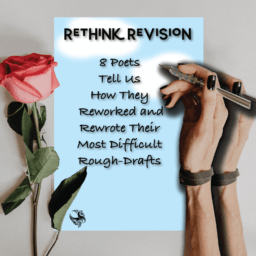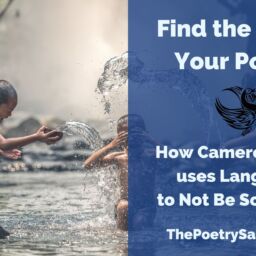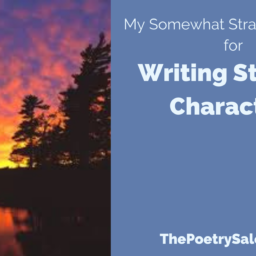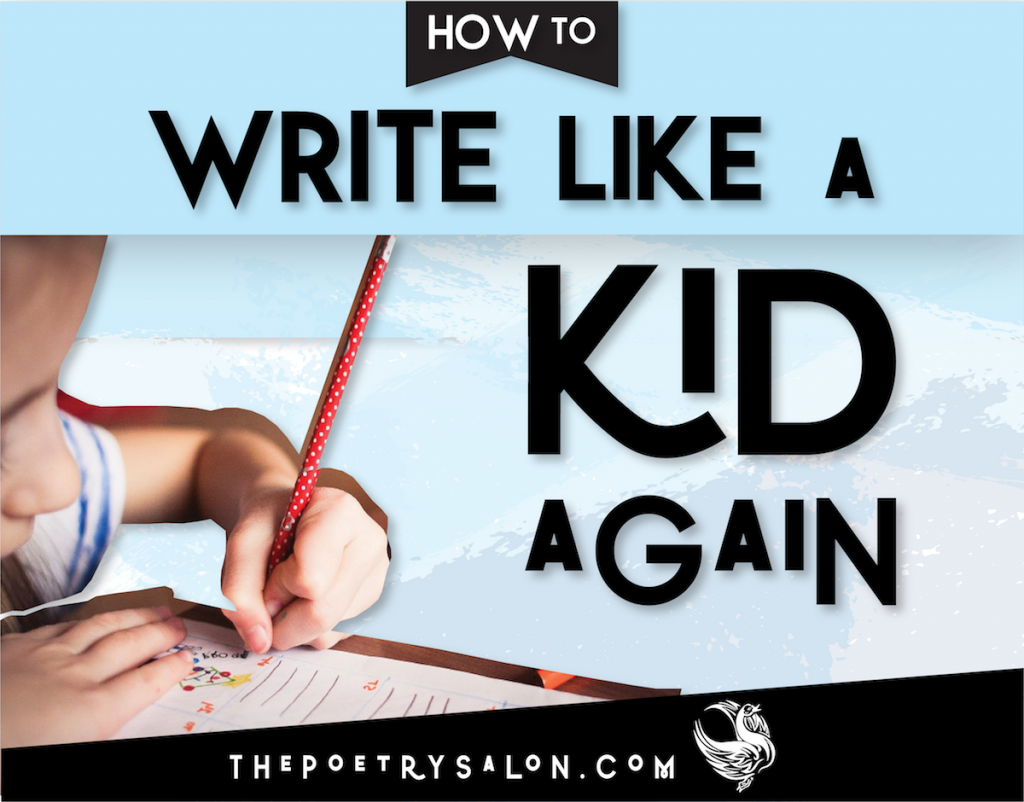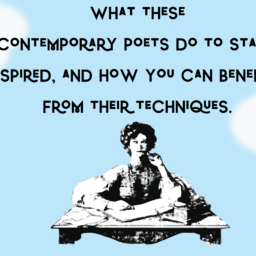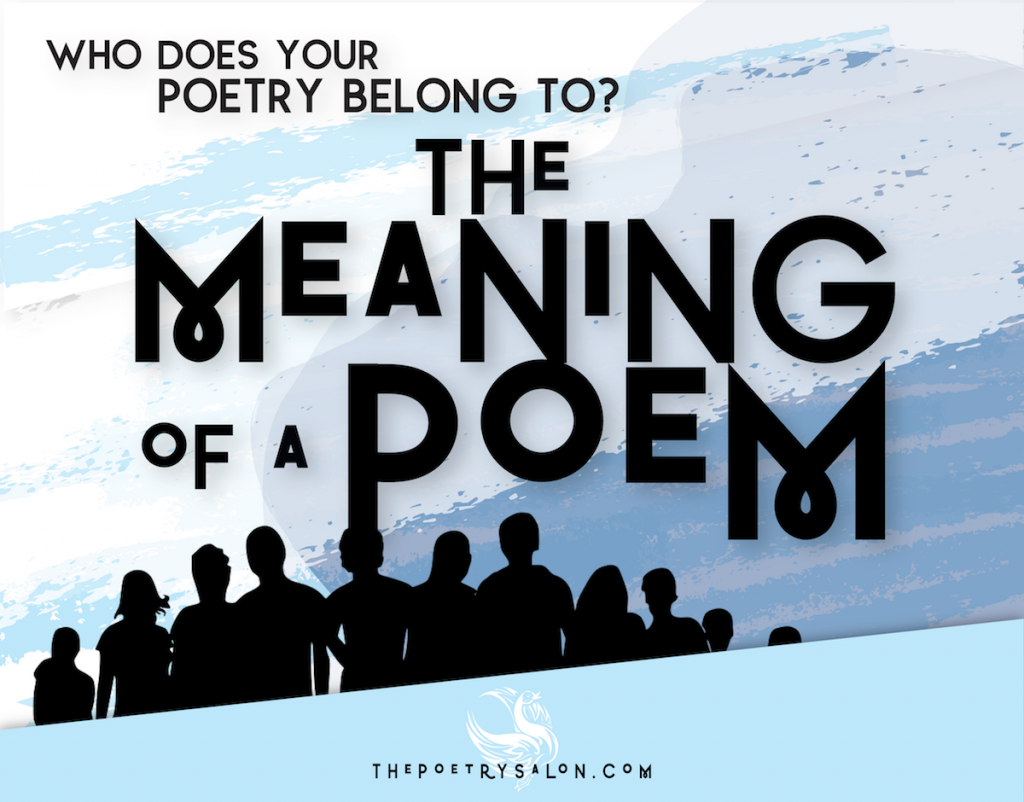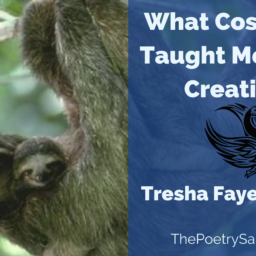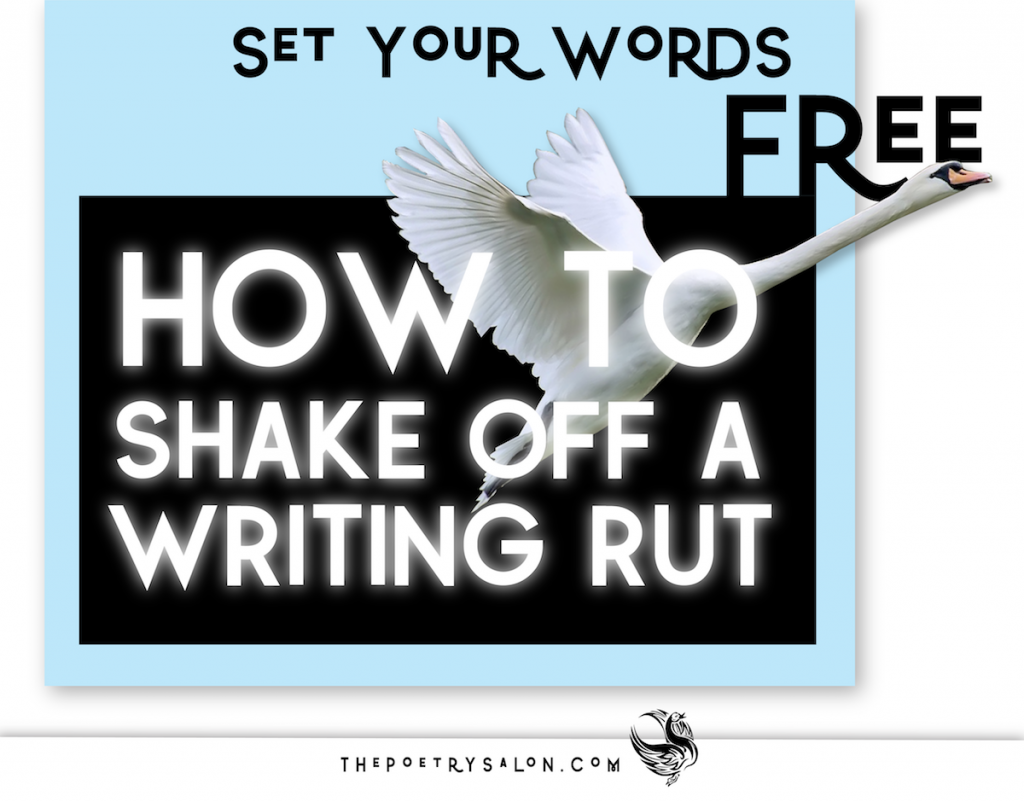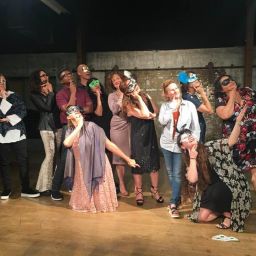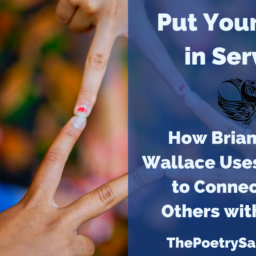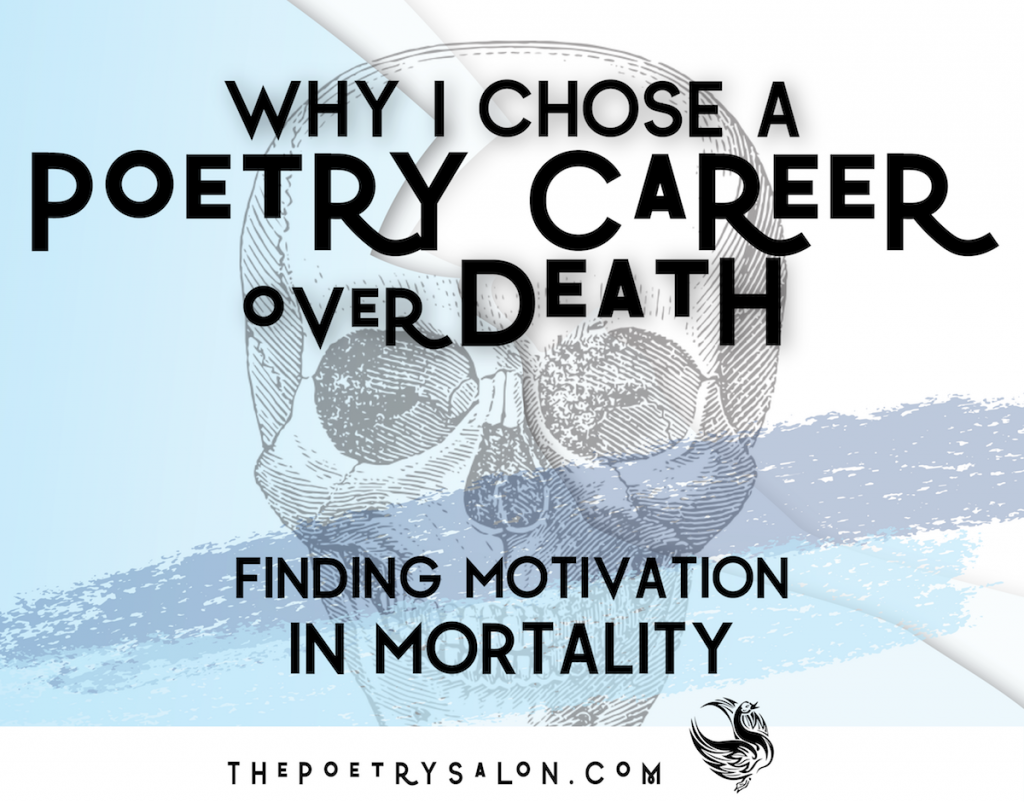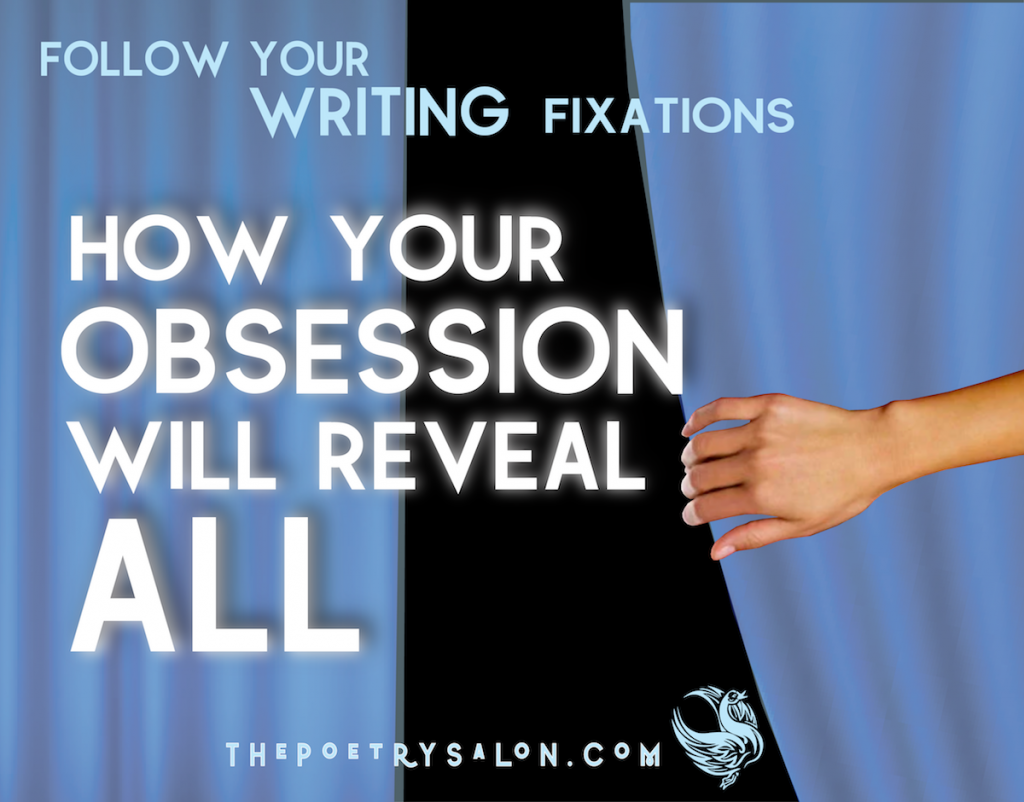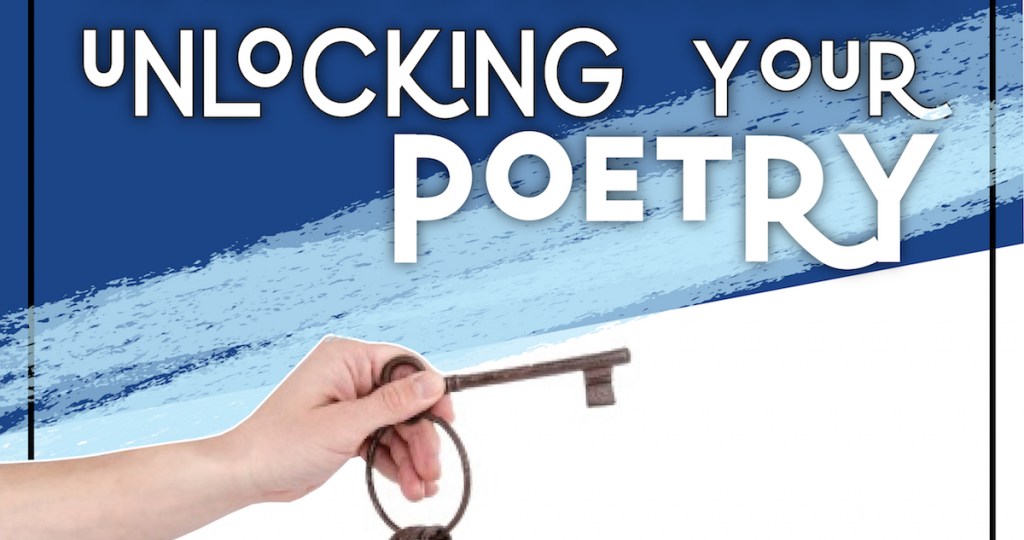
Something that is essential can’t be taught; it can only be given, or earned, or formulated in a manner too mysterious . . . still, (poets) require a lively acquaintance with the history of their particular field and with past as well as current theories and techniques. Whatever can’t be taught, and there is a great deal that can, and must, be learned . . . This book is about the things that can be learned. It is about matters of craft . . . this book is written in an effort to give the student a variety of technical skills. – Mary Oliver from A Poetry Handbook
As usual somebody today asked, “can you really teach someone to write a poem?” The answer of course is, “no.” I cannot teach anyone how to write what is personal or true for them. Those ideas, images, feelings which would give rise to any authentic work are far too personal and unseen for me to come along and dictate them to the author. I can, however, teach those who come to my workshop how to learn various techniques, certain elements of craft and structure, and hope that by learning those techniques, they will themselves learn how to write their own poems.
Navigating the Mind
Think of it this way, the mind is a maze of infinite doors leading to infinite rooms. Some of these doors are open and available, while others are locked tight. A creative writing teacher, in this metaphor, is someone with a wire ring loaded down with keys of different size and shape, with no idea which locks they might fit into. That’s the adventure of running a workshop.
I remembered way back to my mid-twenties, when I was an as-yet unpublished poet, learning craft in workshops with the mentors that shaped me. At the time I was obsessed with creating poetry in general, and one poem in particular. It was about a man I knew who had a tattoo It was about snakes and tigers and wet branches of a jungle and the jubilation of the color green. It was about being lonely and needing a guide. It was about the idea of being a poet, and like many young writers, I was trying to fit too many ideas into a single piece.
I turned out drafts, week after week. My classmates liked it – thought it had exciting language and rich images – but the poem was not what I wanted. Try as I might with the piece, I was never able to ring that bell. I felt like a baby before it learns to speak, tossing my arms about, not being able to say what was missing because I didn’t know myself.
Abandon and Restart
Eventually, I gave up. I put the poem down for two years. I took more classes and attended more workshops. Eventually I found myself under the meticulous tutelage of Eloise Klein Healy who brought us a technique called “the illumination of private gesture” from Mark Jarman and Robert McDowell’s The Reaper Essays. “Pick one moment in a scene,” she instructed, “One small, revealing movement a character makes when he or she is alone, and write an entire poem about that.” From that prompt, I wrote about a brilliant, fragile student of mine with leukemia, composing a page-length poem about watching him lift his pencil, how beautiful his wrists were, the blue veins shining through the translucent thinness of his skin.
I thought the results did right by this brave tween of mine and my adult classmates agreed, so on a walk, after that workshop was over, I pondered where else I could use “the illumination of private gesture”. The day was fading, and the weakening sun through the trees formed “angel finger” shadows on the ground, much like my student’s veins. I drank in the moment. My mind went blank. Suddenly the back and forth sway of the empty branches lent my mind the image of a “private gesture” – a tattooed man handing me a key; a key to an apartment with unfriendly neighbors. A key that opened a door of loneliness and the disappearing natural light and what we use to cover our blank spaces. The language started to flow, and the poem that had been knocking around in my skull all that time finally found its way through. I thought, “Yes, that’s what I meant to say.”
What strikes me now, eight years after “The Jungle Tattoo” was published, is that the teachers and students in those workshops all liked the earlier drafts that left me so frustrated. All they could do was hear what I’d put on the page and let me know whether or not it was “working”. Only I could sense what was in the back of my mind, scratching to get out, even as I struggled to gain access to it. I needed Eloise to unhook a key from her ring and toss it to me so I could hear the tumblers fall into place and enter that elusive room.
Blind Leading the Blind to Truth
This is the magic of the relationship between writer and teacher. I don’t always know what a poet is trying to say in her work, and often she doesn’t know either. Worse still, sometimes she doesn’t know that she doesn’t know; only that vague feeling of dissatisfaction, rewriting over and over something I already consider “complete”. When that happens, I throw a curve ball. “Write your poem,” I’ll suggest, “As if you are the moon, or the man in the moon, or an apple fallen from a tree, staring up at the moon.” I give them exercises in craft and technique until finally after they continue turning cranks and lighting candles and trying to lasso the moon, until – eureka.
It’s so funny the way the mind obscures ourselves from ourselves and the random questions, activities and poetic devices we learn that can clear the fog. It’s a source of endless fascination to me. And that is what the writing workshop is. A place where one person hands out keys and others go about trying them in random doors until either one opens or they turn and ask for their next key. When the right key meets the right lock, both writer and teacher can brush the dust off their hands and go home feeling a little more complete.
